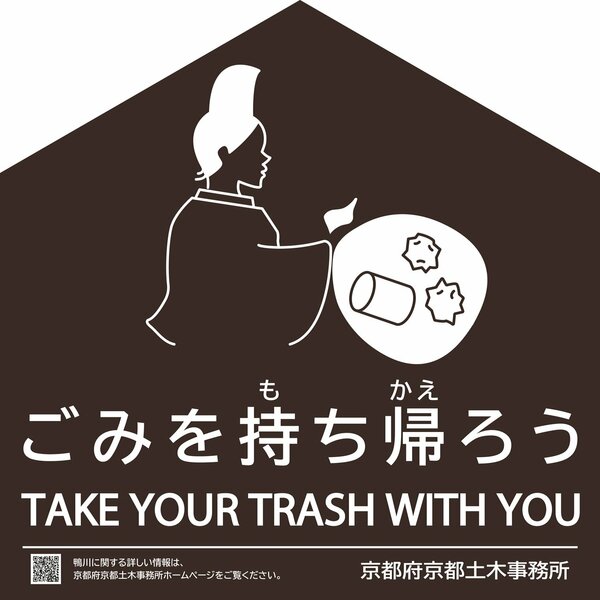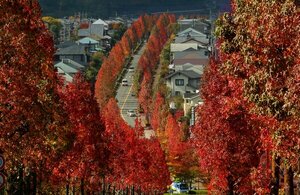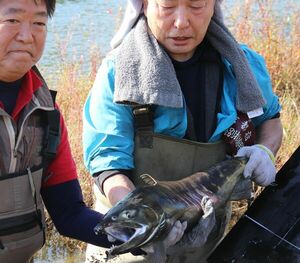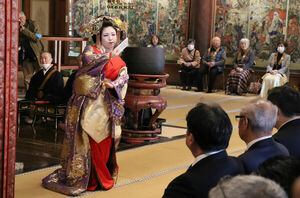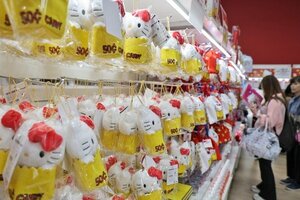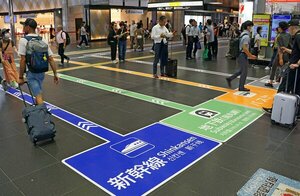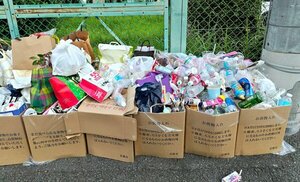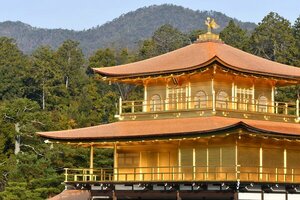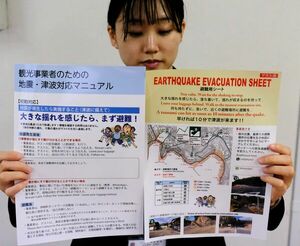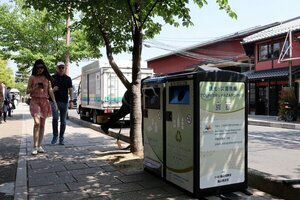Students at Kyoto Women's University (Higashiyama Ward, Kyoto City) have created seven types of signboard designs to inform foreign tourists visiting Kyoto of manners and dangerous actions and locations along the Kamogawa River. The message was expressed in English and pictograms with the motif of Heian aristocrats, so that even those who cannot read Japanese can understand the message at a glance. Signboards have been installed in seven locations since March, including under Sanjo Ohashi in Nakagyo Ward.
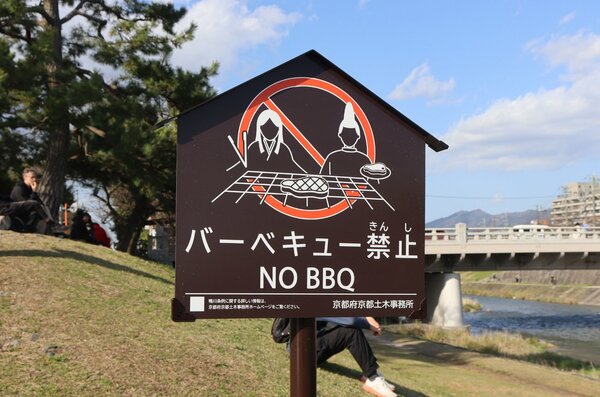
The signboard design was a project chosen by Kyoto Women's University through an internal recruitment process to support student-led projects, and nine students who graduated by this spring have been working on it since 2020. Professor Aki Suwa serves as a member of the Kamogawa Prefectural Council formed by Kyoto Prefecture, Kyoto City, and other countries, and has collaborated with Kyoto Prefecture, the river administrator. The students walked along the riverbed, examined the legibility of existing signboards installed by Kyoto Prefecture, and conducted a questionnaire survey of tourists and foreigners who visited the Kamogawa River about their proposed designs, making repeated revisions.
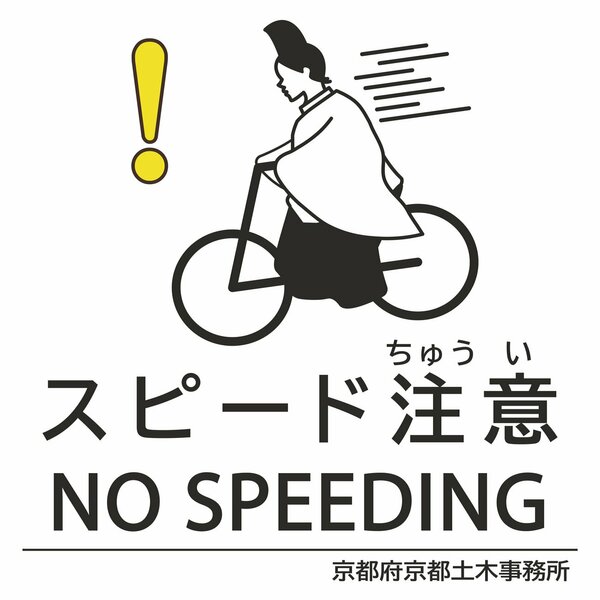
The seven designs created show regulations stipulated by the prefecture's Kamogawa Ordinance, such as prohibiting fireworks and barbecues on the riverbed and prohibiting the entry of mini-bikes, as well as reminding people to take their trash home with them and be careful when playing in the river. Contents. He devised a humorous pictogram of a Heian aristocrat and added a message in English, which was not on the prefecture's existing signboards. The aim was to create something that would be understandable to anyone who looked at it, and that would also be typical of Kyoto.
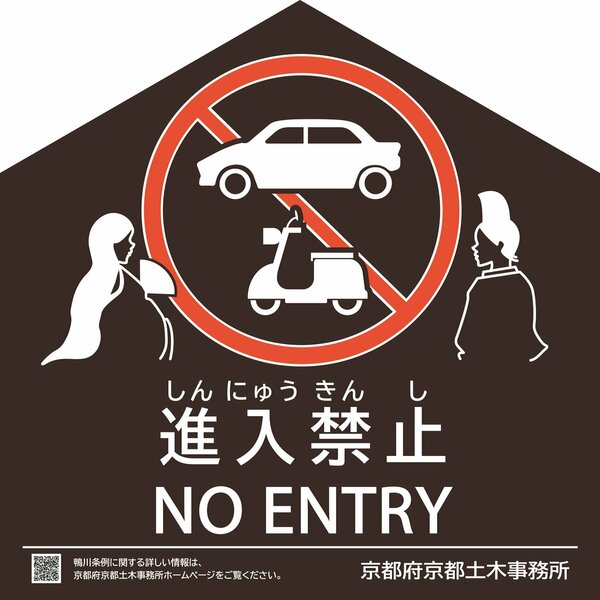
Based on these design ideas, the Kyoto Prefecture Kyoto Civil Engineering Office created signboards approximately 60 cm in length and 60 cm in width, and in early March, they will be placed under Sanjo Ohashi Bridge, at the confluence of the Kamogawa River and Takano River, and downstream of Shichijo Ohashi Bridge. installed.
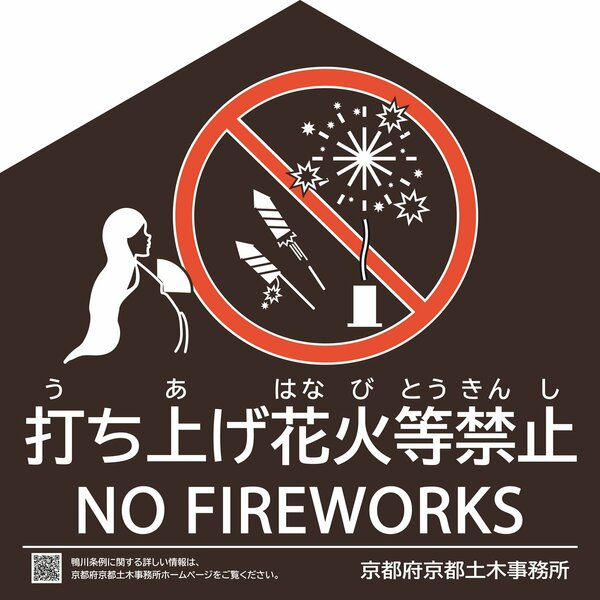
It is said that one reason behind the overtourism (tourism pollution) that causes conflicts between citizens and tourists is that manners and rules are not properly communicated to foreigners. Yui Kondo, a 2022 graduate who served as the project leader, said, ''I thought that disseminating information through easy-to-understand signboards would benefit both foreign visitors to Japan and Kyoto.I hope similar initiatives will spread to tourist spots in the city.''
